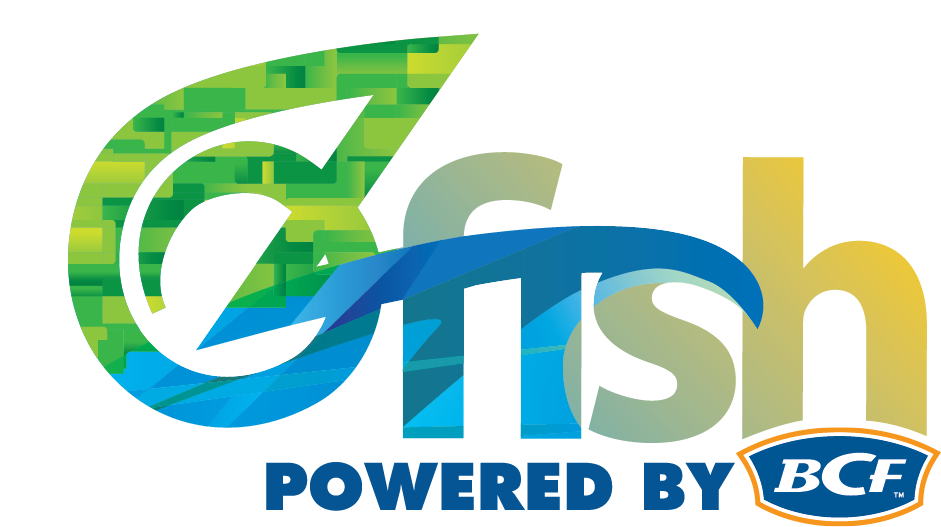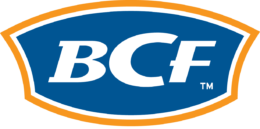Please clearly label the sample ‘OzFish’ and take it to the friendly staff at one of the following locations:
BCF Tuggerah
Tenancy 4/150-158A Pacific Hwy,
Tuggerah NSW
BCF West Gosford
356-374 Manns Rd,
West Gosford NSW
BCF Bennetts Green
7/15 Groves Rd,
Bennetts Green NSW
Pottsville Bait & Tackle
2/16 Philip St,
Pottsville Beach 2489
Ballina Bait & Tackle
Shop 19, Ballina West Shopping Centre,
Pacific Hwy, Ballina 2478
Evans Head Sports & Marine
28 Woodburn St,
Evans Head 2473
Illuka Bait and Tackle
2A Charles St,
Illuka 2466
The Bait Place
11 Yamba Rd,
Yamba 2464
MO Tackle
144 Pacific Hwy,
Coffs Harbour 2450
Nambucca Boatshed and Cafe
Riverside Dr,
Nambucca Heads 2448
Rocks Marine Bait & Tackle
25 Memorial Av,
South West Rocks 2431
Outdoor Adventure South West Rocks
100 Gregory St,
South West Rocks 2431
Ned Kelly’s Bait N Tackle
42 Gordon St,
Port Macquarie 2444
Hastings Fisheries Office
3/22-24 Acacia Ave,
Port Macquarie 2444
North Haven Bait & Tackle
Shop 1, 559 Ocean Dr,
North Haven 2443
Ritchie’s Bait & Tackle
23 Beach St,
Harrington 2427
Manning River Marine
13 Victoria St,
Taree 2430
Barclay’s Tackle World Forster
129 Lakes Way,
Forster 2428
Tackle World Port Stephens
100 Magnus St,
Nelson Bay 2315
Tackle Power Sandgate
Shop 2/15 Murray Dwyer Cl,
Mayfield West 2304
Fishermans Warehouse Tackle World Marks Point
804 Pacific Hwy,
Marks Point 2280
Narrabeen Bait & Tackle
1469 Pittwater Rd,
North Narrabeen 2101
Drummoyne Best Bait & Tackle
104 Lyons Rd,
Drummoyne 2047
Adreno Spearfishing Sydney
1/678-682 Botany Rd,
Alexandria 2015
Botany Bay Bait & Tackle
1A Jacobson Ave,
Kyeemagh 2216
Fergo’s Tackle World Taren Point
238 Taren Point Rd,
Taren Point 2229
Fergo’s Tackle World Wollongong
3d/145 King St
Warrawong NSW 2505
Lake Illawarra District Fisheries Office
91 Foreshore Rd,
Port Kembla 2505
McCallum’s Tackle World Nowra
1/176 Princes Hwy,
South Nowra NSW 2541
Compleat Angler Batemans Bay
65A Orient St,
Batemans Bay 2536
Tuross Boatshed & Cafe
93 Trafalgar Rd,
Tuross Heads 2537
Ocean Hunt Complete Angler Narooma
29 Graham St,
Narooma 2546
Bermagui Bait & Tackle
129 Lamont St,
Bermagui 2546
Eden Far South District Fisheries Office
13 Corcora St,
Eden 2551
If you need further information, please email ryanlungu@ozfish.org.au.











